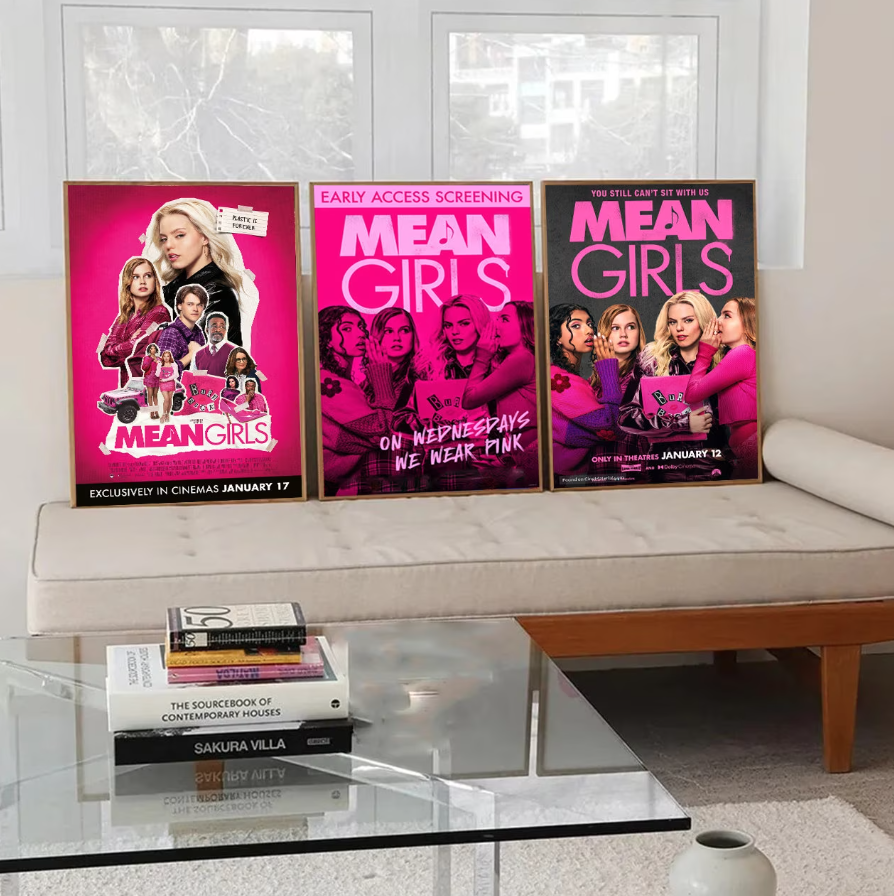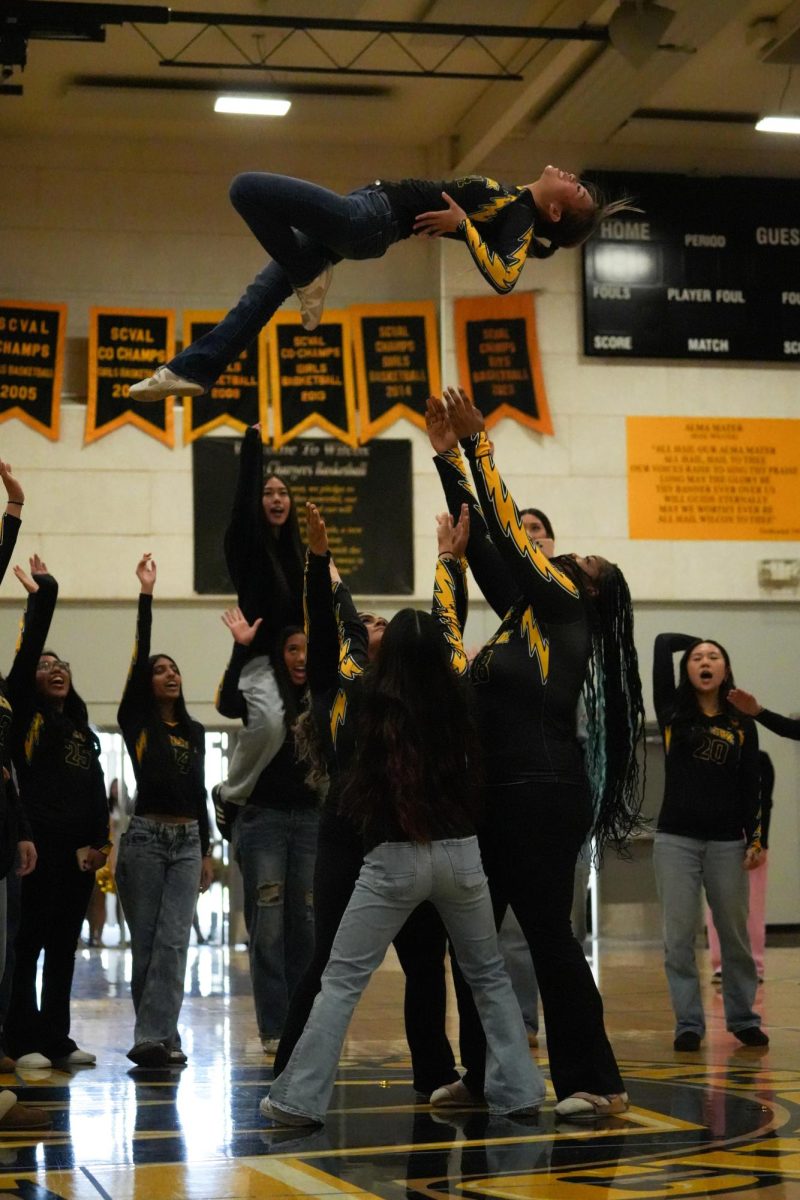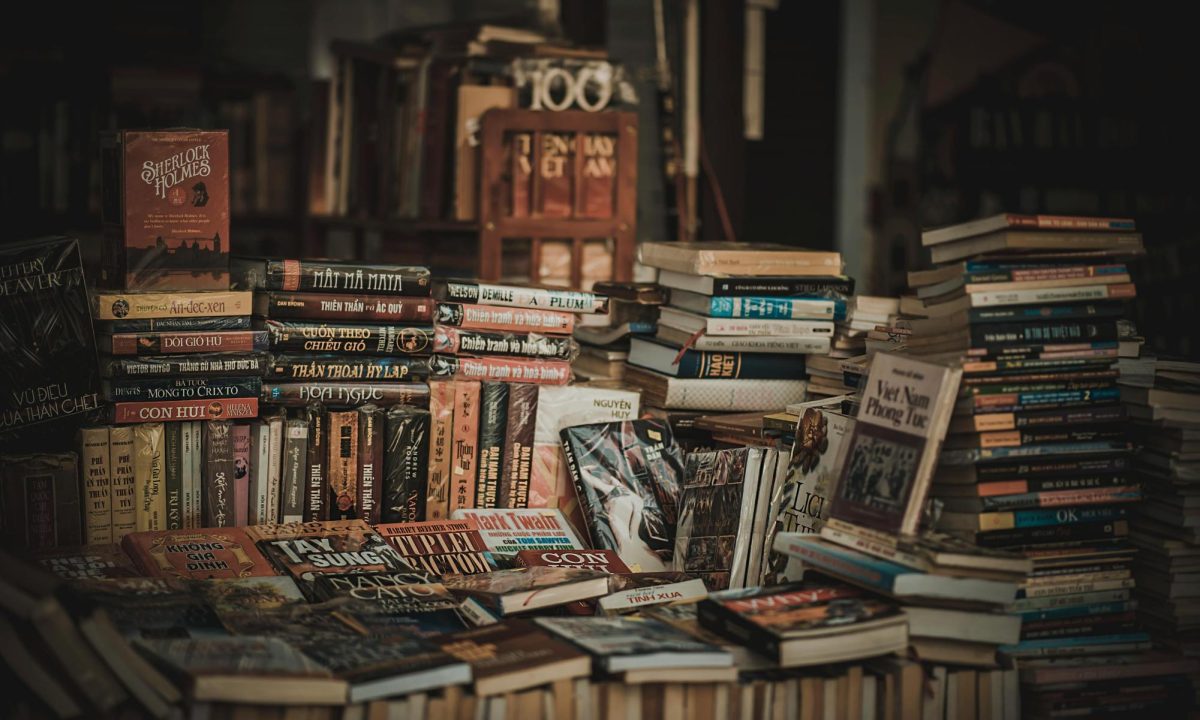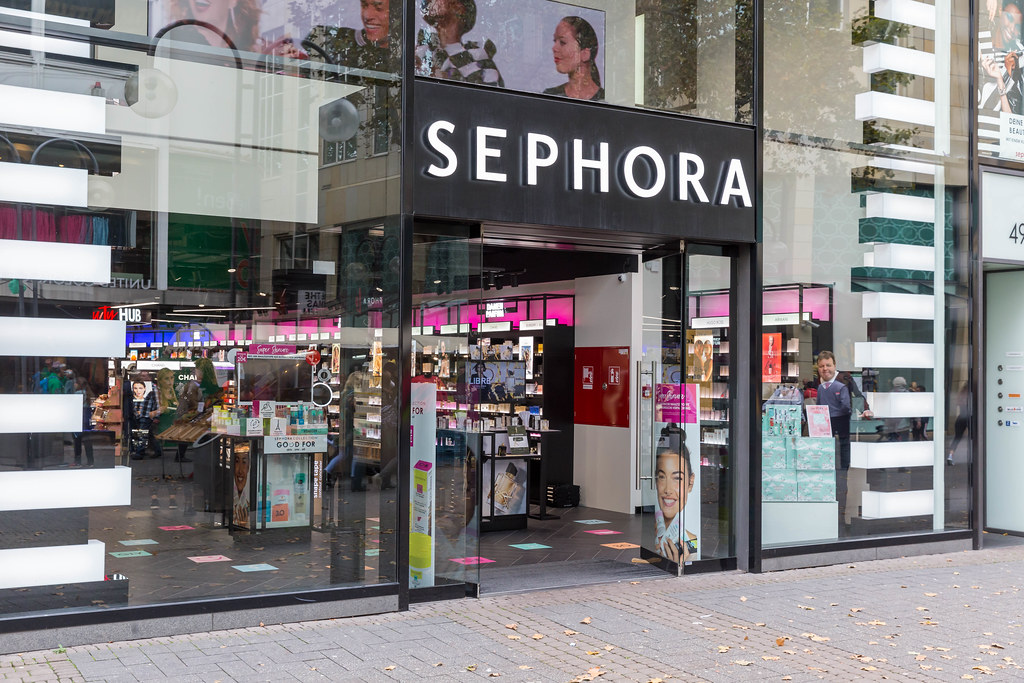While I was growing up, I had the tendency to idolize the strong, intelligent, and beautiful women I saw in my favorite shows and movies, not unlike some of the other girls my age. Gossip Girl’s Blair Waldorf, Harry Potter’s Hermione Granger, Gilmore Girls’ Rory Gilmore, and more, were all that I wanted to be in life and all of their redeemable qualities should be reflected in my character as well. Although I often told myself my respect for them was purely because of their hardworking nature and persevering attitudes, a small voice in the back of my mind reminded me that an aspect of my idolization was always going to come from their beauty– a standard that I assumed I could never achieve because of my distinct “South Asian-ness”.
As I continued to reflect on my differences from the characters I admired on screen, voices of agreement and relatability often came from my friends and family, who often struggled with a similar disconnect from the media. As time progressed, some of the shows I had grown to love featured people of color in general, but never seemed to hit the mark on South Asian representation. Further protest and backlash from the South Asian community produced nothing but weak excuses from casting directors and producers, who genuinely believed that representation of East Asians was enough to “satiate” complainers. Oftentimes, one particular question stood out in my mind: “If I share qualities and experiences with these characters, then why can’t I look like them?”
Questions like these, which often echo the minds of young, impressionable South Asian girls, serve as the primary reason why South Asian representation in media should be of higher importance in the eyes of producers and casting directors. A childhood without seeing characters who look like you and are still perceived as desirable rather than simply being the comedy relief can lead to devastating consequences for the developing self-esteem of young children, often disrupting their perception of themselves in the process.
Hollywood, attempting to recognize the depth of this issue, has often tried to cast South Asian characters, but simply failed to address the primary factor viewers were looking for: a character who would be perceived as just as attractive and seemingly perfect as their white counterparts. Instead, producers went on to create popular television shows where the main South Asian lead was a book-obsessed nerd who struggled with their romantic life because they were simply “too intelligent” to be considered desirable. In the Disney channel show Jessie, Karan Brar, who is of South Asian origin, plays Ravi– a smart alec know-it-all who cannot seem to adjust to the “American” way. Ravi serves as a comedy relief to the viewers, as he struggles to form relationships with his peers and was often ostracized for his interests and hobbies. As if the stereotypes were not obvious enough, the directors went as far as to instruct Brar to use an Indian accent throughout the series to make his culture an even more distinct part of his character. To cover the other end of the spectrum, Hollywood attempted to make amends with Maitreyi Ramakrishnan’s portrayal of Devi Vishwakumar in Never Have I Ever; Devi is still an outcast, but in this show she’s almost embarrassed to be Indian and rejects her identity entirely– often directing her attention to achieving new levels of popularity and pursuing her next romantic interest and scorning her culture. Clearly, the media’s portrayal of South Asians has had a warped past, and still requires more development to acknowledge the type of representation young, impressionable children truly need.
Fortunately, there have been improvements in representation in recent months, particularly with Avantika Vandanapu’s portrayal of Karen Shetty in Mean Girls: The Musical. Karen’s character in the initial movie and the recent release is meant to be ditzy, easy-going, and strikingly beautiful, a refreshing difference from previous attempts at South Asian representation. In the movie, Karen Shetty is seen as desirable, popular, and sought-after among her peers, slowly chipping away at the unpopular and unattractively intelligent portrayal most movies and shows in previous years have maintained. The media has had extremely positive reactions to Vandanapu’s portrayal, and South Asian teenagers specifically have taken to social media to express their happiness at seeing someone who looked like them have a personality that was based on something other than their lack of popularity.
The importance of a refreshing perspective on South Asians in the media is becoming increasingly recognized as the media attempts to find ways to bring in forms of suitable representation. But are the years of harmful stereotypes over yet? We’re yet to see.












